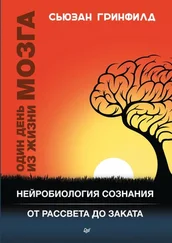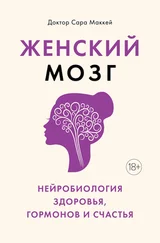Kuhl, P. K. (2004, November). Early language acquisition: Cracking the speech code. Nature Reviews Neuroscience. https://doi.org/10.1038/nrn1533
Piazza, E. A., Iordan, M. C., & Lew-Williams, C. (2017). Mothers Consistently Alter Their Unique Vocal Fingerprints When Communicating with Infants. Current Biology, 27(20), 3162–3167.e3. https://doi.org/10.1016/j.cub.2017.08.074
Jakobson R. (1962) Why 'mama' and 'papa'? // Jakobson, R. Selected Writings, Vol. I: Phonological Studies, Pp. 538–545. The Hague: Mouton.
Friederici A.D. & Chomsky N. (2017). Language in our brain: The origins of a uniquely human capacity. Language in Our Brain: The Origins of a Uniquely Human Capacity (pp. 1—284). The MIT Press.
Pace A., Luo R., Hirsh-Pasek K. & Golinkoff R.M. (2017). Identifying Pathways Between Socioeconomic Status and Language Development. Annual Review of Linguistics, 3(1), 285–308. https://doi.org/10.1146/annurev-linguistics-011516-034226
McGillion, M., Pine, J. M., Herbert, J. S., & Matthews, D. (2017). A randomised controlled trial to test the effect of promoting caregiver contingent talk on language development in infants from diverse socioeconomic status backgrounds. Journal of Child Psychology and Psychiatry and Allied Disciplines, 58(10), 1122–1131. https://doi.org/10.1111/jcpp.12725
Romeo R.R., Leonard J.A., Robinson S.T., West M.R., Mackey A.P., Rowe M.L. & Gabrieli J.D.E. (2018). Beyond the 30-Million-Word Gap: Children’s Conversational Exposure Is Associated With Language-Related Brain Function. Psychological Science, 29(5), 700–710. https://doi.org/10.1177/0956797617742725
https://kathyhirshpasek.com/language/
На вопросы центра ответили по телефону 1600 человек из разных регионов России.
https://wciom.ru/index.php?id=236&uid=9924
https://wciom.ru/index.php?id=236&uid=672
К сожалению, в опросе 2014 года такой вопрос не задавали. Поэтому мы не узнаем, изменилось ли число людей, владеющих свободно иностранными языками.
Murakami H. Vom Beruf Schriftsteller. Btb-Verlag, 2018. S. 152–153 (Перевод с немецкого мой. – И. В.).
https://wciom.ru/index.php?id=236&uid=9924
https://www.humboldt-professur.de/en/preistraeger/preistraeger-2011/clahsen-harald
https://www.francoisgrosjean.ch/myths_en.html
Hernandez A.E. (2015). Bilingual Development and Age of Acquisition. In Neurobiology of Language (pp. 407–418). Elsevier Inc. https://doi.org/10.1016/B978-0-12-407794-2.00034-1
Stein M., Federspiel A., Koenig T., Wirth M., Lehmann C., Wiest R., … Dierks T. (2009). Reduced frontal activation with increasing 2nd language proficiency. Neuropsychologia, 47(13), 2712–2720. https://doi.org/10.1016/j.neuropsychologia.2009.05.023
Renner F., Kersbergen I., Field M. & Werthmann J. (2018). Dutch courage? Effects of acute alcohol consumption on self-ratings and observer ratings of foreign language skills. Journal of Psychopharmacology, 32(1), 116–122. https://doi.org/10.1177/0269881117735687
Guiora A.Z., Acton W.R., Erard R. & Strickland F.W. (1980). The effects of benzodiazepine (valium) on permeability of language ego boundaries. Language Learning, 30(2), 351–361. https://doi.org/10.1111/j.1467–1770.1980.tb00323.x
Beschin N., de Bruin A. & Della Sala S. (2016, August 1). Compulsive foreign language syndrome: A clinical observation not a mystery. Cortex. Masson SpA. https://doi.org/10.1016/j.cortex.2016.04.020
Моисеенко А. Наташа Бекетова говорит на 120 языках // Комсомольская правда. 2003. 24 марта. https://www.ugra.kp.ru/daily/23021/3332/
Klein D., Mok K., Chen J.K. & Watkins K.E. (2014). Age of language learning shapes brain structure: A cortical thickness study of bilingual and monolingual individuals. Brain and Language, 131, 20–24. https://doi.org/10.1016/j.bandl.2013.05.014
Mårtensson J., Eriksson J., Bodammer N.C., Lindgren M., Johansson M., Nyberg L. & Lövdén M. (2012). Growth of language-related brain areas after foreign language learning. NeuroImage, 63(1), 240–244. https://doi.org/10.1016/j.neuroimage.2012.06.043
Pliatsikas C., Johnstone T. & Marinis T. (2014). Grey matter volume in the cerebellum is related to the processing of grammatical rules in a second language: A structural voxel-based morphometry study. Cerebellum, 13(1), 55–63. https://doi.org/10.1007/s12311-013-0515-6
Pliatsikas C., DeLuca V., Moschopoulou E. & Saddy J.D. (2017). Immersive bilingualism reshapes the core of the brain. Brain Structure and Function, 222(4), 1785–1795. https://doi.org/10.1007/s00429-016-1307-9
Schlegel A.A., Rudelson J.J. & Tse P.U. (2012). White matter structure changes as adults learn a second language. Journal of Cognitive Neuroscience, 24(8), 1664–1670. https://doi.org/10.1162/jocn_a_00240
В англоязычной научной литературе это явление называют «TOT-phenomenon» или «ТОТ-state» , от английского выражения «tip-of-the-tongue» .
Maril A., Simons J.S., Weaver J.J. & Schacter D.L. (2005). Graded recall success: An event-related fMRI comparison of tip of the tongue and feeling of knowing. NeuroImage, 24(4), 1130–1138. https://doi.org/10.1016/j.neuroimage.2004.10.024
Schwartz B.L. & Metcalfe J. (2011). Tip-of-the-tongue (TOT) states: Retrieval, behavior, and experience. Memory and Cognition, 39(5), 737–749. https://doi.org/10.3758/s13421-010-0066-8
Babcock L. & Vallesi A. (2017). Are simultaneous interpreters expert bilinguals, unique bilinguals, or both? Bilingualism, 20(2), 403–417. https://doi.org/10.1017/S1366728915000735
Интервью – февраль, 2018 год.
Там же.
Hernandez A. (2013). The Bilingual Brain. Oxford University Press.
Мультилингвы выучивают свои языки в раннем детстве.
Эрард М. Феномен полиглотов. М.: Альпина Бизнес Букс, 2013.
https://ru.wikipedia.org/wiki/Мельников, _Вилли
Никуличева Д. Как найти свой путь к иностранным языкам. Лингвистические и психологические стратегии полиглотов. Флинта, 2009.
Лингвогобелены Вилли Мельникова можно посмотреть здесь: -art.ru/gallery/lingvogobelen/index.html
Читать дальше
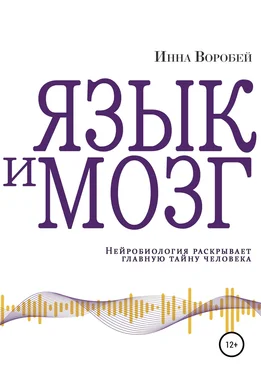
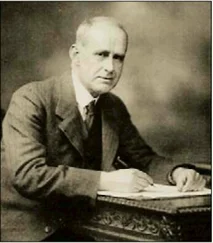
![Амит Кетвала - Атлетичный мозг [Как нейробиология совершает революцию в спорте и помогает вам добиться высоких результатов]](/books/33773/amit-ketvala-atletichnyj-mozg-kak-nejrobiologiya-so-thumb.webp)

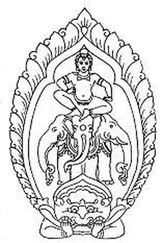
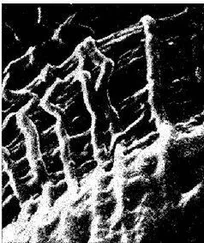
![Дмитрий Филиппов - Вскрытие мозга [Нейробиология психических расстройств]](/books/397406/dmitrij-filippov-vskrytie-mozga-nejrobiologiya-psi-thumb.webp)
![Коллектив авторов - Мозг и сознание [Разгадка величайшей тайны человеческого мозга] [litres]](/books/406124/kollektiv-avtorov-mozg-i-soznanie-razgadka-velicha-thumb.webp)

